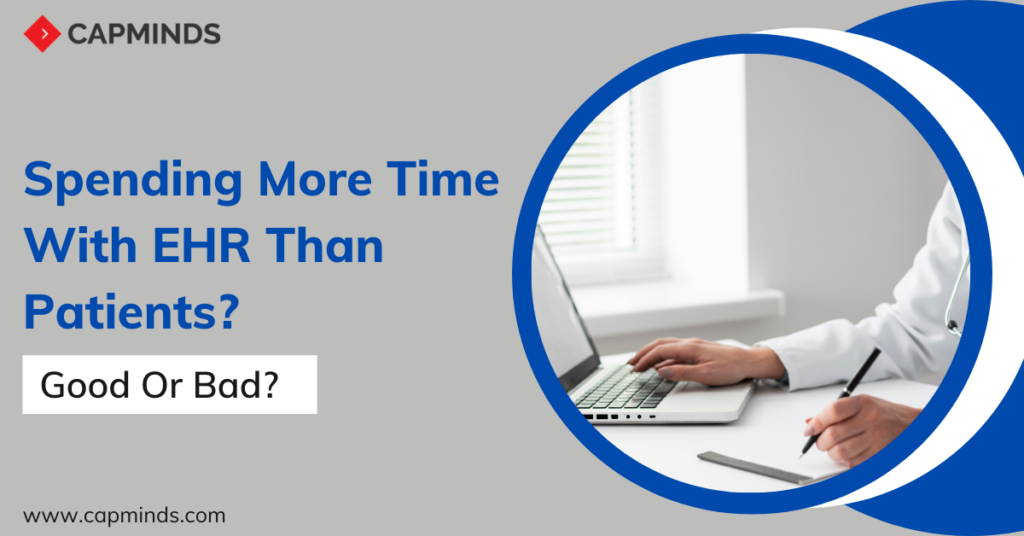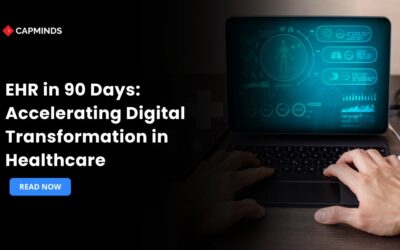Spending More Time With EHR Than Patients? Good Or Bad?
The role of
technology in the healthcare industry is unbelievable today. The automation
tools have reduced the time spent on complex tasks and make finding health
information easier and communication even easier. But, when talking about EHR,
the physicians and patients are not satisfied. Physicians may feel that they
are spending more time on updating and responding to EHR requests than actually
diagnosing patients. Is it good or bad?
Spending
time with EHR is a good thing when it comes to health record maintenance,
reduce data errors, and making appointments easier. But spending too much time
than usual is a thing to make a note of which helps physicians to take care of
their patients too. In this article, we have described some of the super cool
ways to make the best use Of electronic health record software by spending less
time with EHR and more time with patients.
Get enough
training: Have you ever gotten a new phone and found it took you a few days to
get used to it? That’s because the technology is new to you. The same idea
applies to EHRs. Sufficient training helps you quickly learn how the technology
works, which can make a difference in your productivity.
Practice workflows: EHR systems can have up to 200 functions. During a training session, encourage your facility to offer the option of simulated environments and patient scenarios. These simulated options can allow you to get to know what functions are most commonly used to place an order for a patient or respond to a request.
Take
advantage of templates: Many EHR systems have built-in functions and features
that can help reduce time spent on certain activities. Take time to think about
the activities you do most often and see if any features can help expedite
these processes.
Try entering
documentation during patient visits: Entering information into your EHRs while
in the room with the patient can help reduce the amount of time spent on these
tasks at the end of the day. Healthcare Dive recommends mastering the ability
to use the system while still interacting with and keeping the focus on the
patient.
Tech
advancements — such as voice recognition, digital scribes, and connected
devices — are already beginning to further automate and reduce time spent
entering information into the EHR. But once all of the information is in the
EHR, clinicians still need help with the other half of the problem: the EHR
user experience, which is widely viewed as being many years behind that of
other industries.
Innovation
is needed to enable clinicians to receive contextually relevant insights
without having to comb through reams of unstructured information in the EHR.
Innovation is also needed around designing better user experiences and
reconsidering what form factors (e.g., mobile) will work best.
We are
optimistic that better days are on the horizon for clinicians and that we are
past the nadir of the EHR usability problem. Improvements will not occur
automatically though, and there needs to be widespread recognition that
physicians spending half their time using EHRs is a health care crisis that
must be fixed.
There should be a mandate for payers to standardize and reduce their documentation requirements. Equally as important, we should strengthen APIs and secure data-sharing standards to unleash transformative innovation. These efforts, combined with providers diligently reviewing and optimizing their EHR workflows, will transform EHRs from being a time sink to a time saver and joy to use.
Final Thoughts
EMR can bring in greater efficiencies and result in increased revenues as all the critical information is available at the click of a button. It covers billing records, patient appointments, and even medical updates; all of it is consolidated in a user-friendly way, which affects productivity. Outsourcing can help you be assured that the experts are constantly upgrading codes to the EHR software and that will help remove delays and inefficiencies.

 Author: Pandi Paramasivan
Author: Pandi Paramasivan


